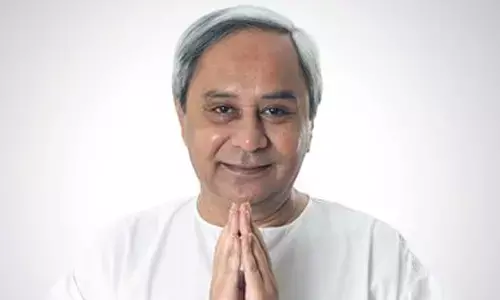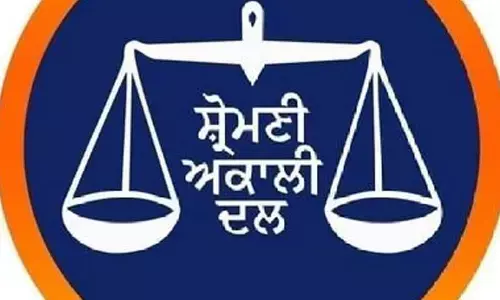Imperatives for new education policy

It is appreciable that another attempt is made to reform Indian education system operating at all levels, based on the recommendations of the Committee headed by TSR Subramanian, the former Cabinet Secretary, Government of India.
It is appreciable that another attempt is made to reform Indian education system operating at all levels, based on the recommendations of the Committee headed by TSR Subramanian, the former Cabinet Secretary, Government of India. Access, equity and quality were the focus areas of the earlier government and the higher education policy enunciated since Tenth Five Year Plan was tailored to achieve these objectives. There does not appear to be anything new and different in terms of the above.
What is more important is how inequalities can be eliminated in the context of growing commercialisation and privatisation at all levels. It is anybody’s guess that about 40 per cent of school education and about 70 per cent of higher education is in the domain of private sector. The regulatory framework and the supervision of the officiating bodies being so weak, equity and quality are compromised in a large measure.
The legislative authority of the States is also contributing to the establishment of colleges and universities without proper infrastructure and facilities. Even the minimum standards and norms are not followed in making announcements and in action. The problem is further deteriorating with the establishment of private and deemed universities. Though the UGC has started applying some stringent guidelines, private universities as granted permission by the various State governments are not properly regulated. The new policy shall bestow its attention on this aspect.
Teaching and research are said to be the twin objectives of higher education. Hitherto, the focus had been on both. But over the years, the activity of research got restricted to only universities and colleges remaining only as ‘teaching outfits’; even not speaking much of the quality of research turned out in our Indian universities. Many a time, it is lamented that the Indian higher educational institutions are not finding any place in rankings at the global level.
This issue needs greater attention of the Government of India. Setting up of exclusive ‘Research Universities’ also would go well with the idea of improving the credibility of our higher educational institutions. Skill development is the third dimension to be added to the two mentioned above. It is appreciable that the Subramanian Committee has focused on this aspect by emphasising on the technical, vocational skills and life-long learning.
Unfortunately, in the existing framework, educational institutions are not roped in as the hub of this activity. Outfits like National Skill Development Corporation (NSDC) at the Centre and State Skill Development Corporations (SSDCs) at the States level are created; but there is no integration of such activity with the colleges and universities. It would also be in the fitness of things, if reputed school systems like Navodaya Vidyalayas, Kendriya Vidyalayas are made an integral part of the system, keeping faith in the adage that ‘one needs to strike while the iron is hot!”
As far as higher education is concerned ‘Publish or Perish’ is the slogan. Now this is to be substituted with ‘Innovate or Perish.’ The committee has succinctly highlighted the significance of ‘Innovation, New Knowledge through quality Research’ in higher educational institutions. A quality publication would come out only when there is quality research. But the environment and facilities created are awfully inadequate to conduct any quality research. A vast majority of the institutions are surviving with bare minimum facilities for teaching, not for research.
As a solution, the Committee has recommended the establishment of 100 Incubation Centres across the country over a 5 year period. To be fair and judicious, it is not just 100, but every university and at least one-third of the colleges shall be covered under this project. The idea of ‘internationalisation of education’ would definitely add a new dimension to the efforts of the Indian institutions.
Taking reality into account on this front, it is high time that a ‘separate cell’ is created in the Ministry of Human Resource Development to deal with the cases of foreign collaboration, since the control exercised at present is very loose and diverse. Setting up of an Indian Education Commission (IES) on the lines of the existing Civil Services is also welcome from the point of view of achieving uniformity in the standards of governance.
As a matter of fact, this had been the suggestion of expert committees almost from nineteen fifties, and reiterated by the earlier policies of 1968, 1986 and 1992. Despite the pitfalls associated with the bureaucracy, the arrangement may contribute to bringing the institutions on the common platform and with common rules, regulations and governance practices. (Writer is former Vice-Chancellor, Acharya Nagarjuna University)
By Prof K Viyyanna Rao
















